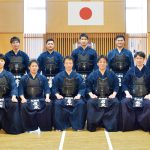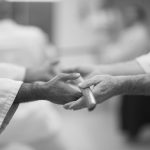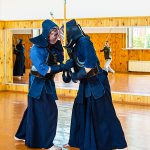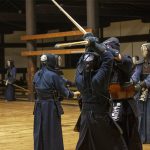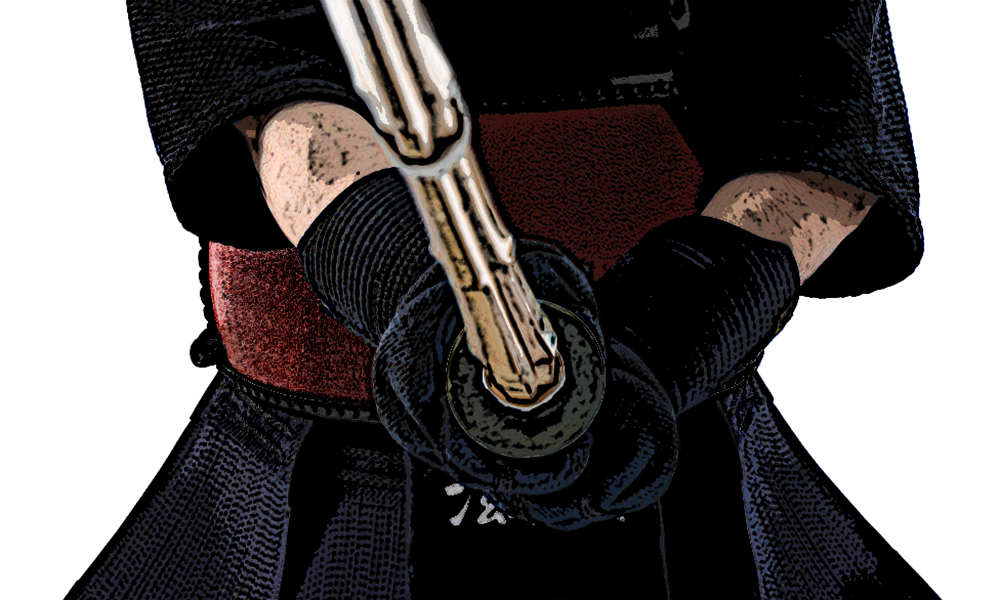
The core muscles are very important not only in Budo but in many sports, and training your core muscles has many benefits. In this edition I will introduce some ways of training your core muscles, including ways that are effective for Budo. The core muscles (Japanese taikan) broadly refers to the area around your girth. In Japanese kanji gives the meaning the “trunk of the body”. There are four muscles connected to the core muscle.
There is the diaphragm, located in the upper part of the body; multifidus muscle around your back; the transverse abdominal muscle around your stomach; and the pelvic floor muscle group located at the lower part of the body. These are called “inner muscles” as they are located in the inner part of the body. In the narrow sense, training the core muscle often means training the inner muscles.
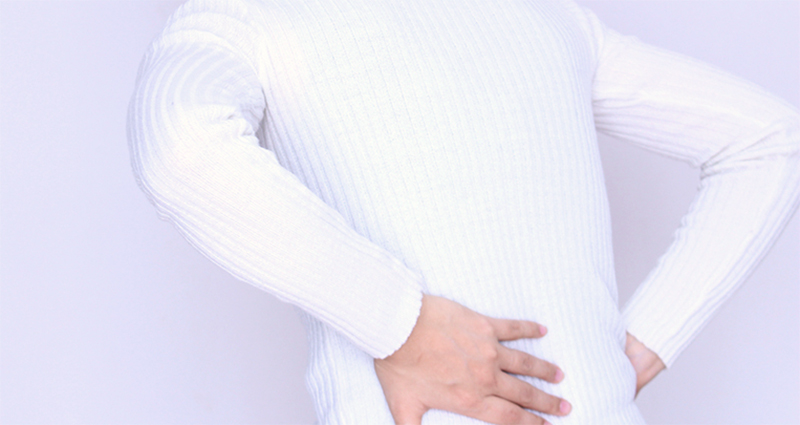
Generally, if your core muscle is weak the upper body will be unstable when moving your body. To cover for that, the body must use muscles in other parts of the body. Using extra muscles will tire the body. When the core muscle is training, the body is more stable and you can make the same movements with less fatigue. The core muscle is often the key part of any bodily movement, so training it will improve your overall physical fitness. You posture also improves and you are less likely to fall down careless at steps and get unexpected injuries. Training your core muscle has benefits not only for physical exercise but for our daily lives too.

In kendo, for example, if your upper body is more stable, you are less likely to draw back when your shinai strikes against that of your opponent. You get less tired, so your movements will be sharp throughout the match. Your footwork will improve too, and you can use small steps to try and fool your opponent.
There is way called “Draw-in” which is an effective way to train your core muscle.
How to do a “Draw-in”
- Lie down face up, and bend your knees at a 90 degree angle
- Draw your stomach in as your breath out
- Keep that posture for 10-30 seconds (you do not need to stop your breathing)
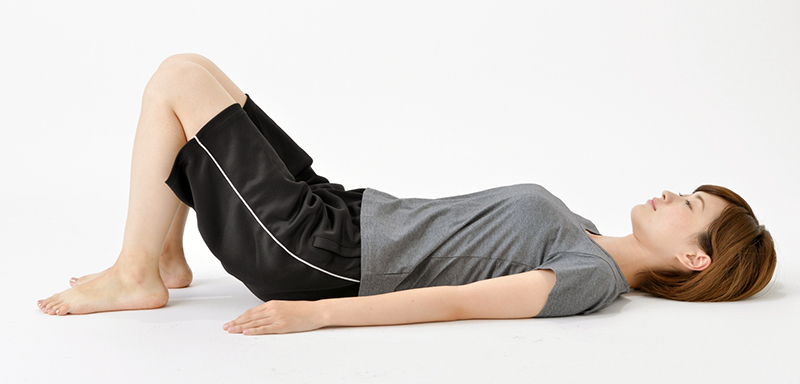
When you breath in, the diaphragm below the lungs moves up and down and trains the inner muscles. You do not need any equipment and can do it anywhere where there is space to lie down. When you get used to it you can do it standing up or sitting up.
Training your core muscle by swinging the shinai
Air swings (suburi), which are part of the regular practice, also help train the core muscle. A while ago, many Japanese people, even if they did not practice any Budo, often did air swings with wooden swords or shinai in order to stay healthy. People who do such training regularly have better postures and can walk faster. The important point during air-swings is to swing the tip of the sword straight up above your head and swing down properly. Be mindful of conducting each movement accurately rather than doing it quickly.
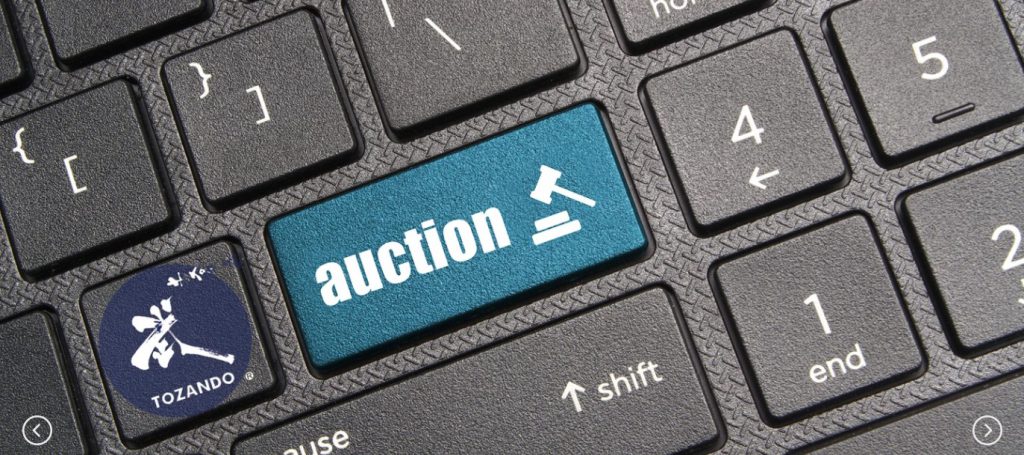
Also, by using a shinai or wooden sword that is heavier than what you usually use can be helpful in training the muscles around your wrist. You can get shinai that are made extra heavily for air-swing training, so you can make the most of that. You can also get weights to attach to the regular shinai, which allows you to swing with the same feel when holding it.
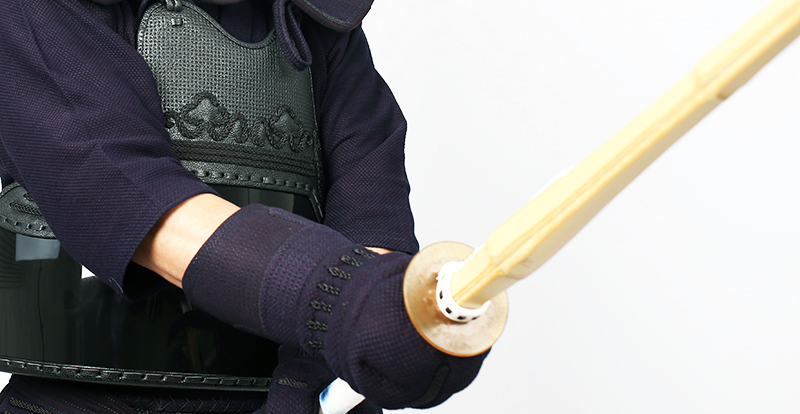
In Budo, there are many methods of training passed down that naturally train the core muscle, but implementing training that purposely focuses on training the core muscle may further improve your skills.
 | Did you like what you've just read? Check this out. |



